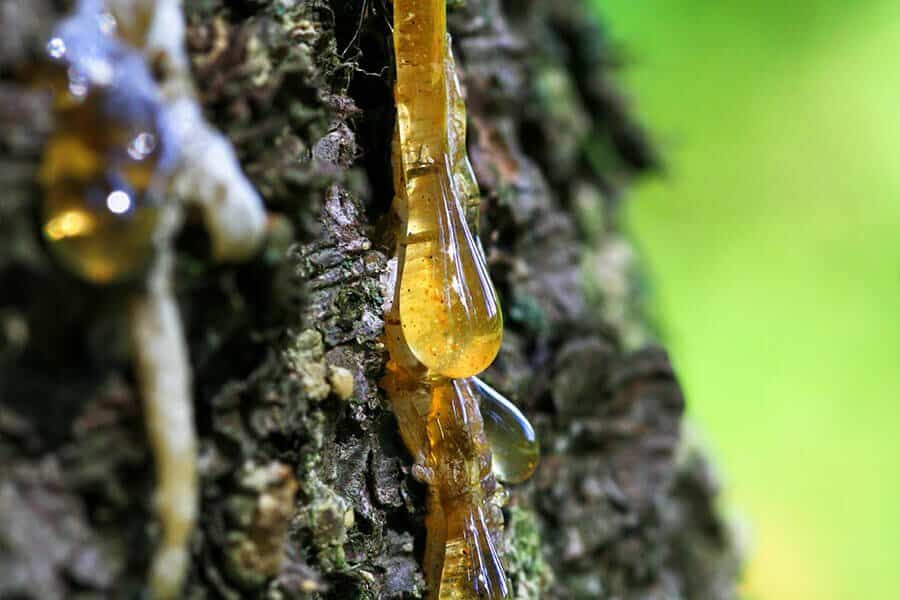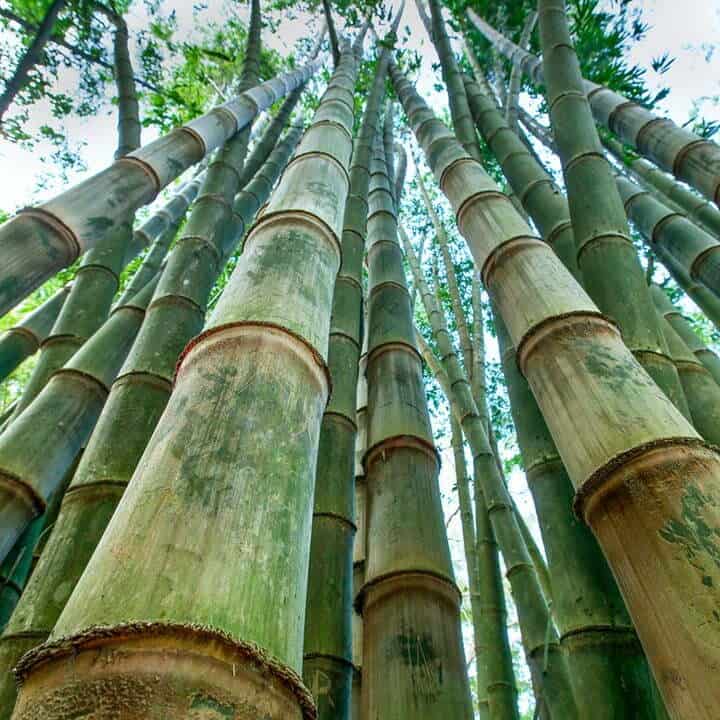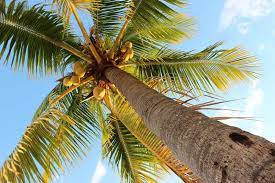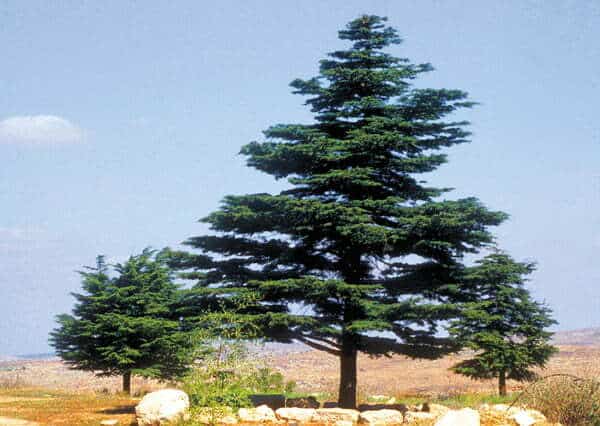Trees can be your best friend in a survival situation, and I don’t just mean for firewood…so here’s another of SCT’s survival tips for any situation.
They can provide a whole lot of varied resources in an emergency; trees can provide roof insulation, bedding, sap, cordage, tools, fuel for fires, and sometimes even water.
It’s critical to obtain the knowledge of how to identify and use different trees to survive in an emergency scenario.
Some of these trees we’re going to talk about are native to Australia and some are species that have been introduced.
Here are a few of the species to look out for when you need to rely on nature and your bushcraft training for a helping hand, as part of Survival Courses Tasmania’s survival tips for any situation.
Pine trees
 Pine trees have almost endless survival uses for them and they give off a really pleasant smell when you’re in a forest of them, making them easy to identify.
Pine trees have almost endless survival uses for them and they give off a really pleasant smell when you’re in a forest of them, making them easy to identify.
The resin (or sap) from the tree is great as a fire extender for lighting a fire in the wilderness.
It is also very sticky and can be mixed with coal ash, or charcoal etc to create a highly effective adhesive or epoxy, which can be used for patching holes and even to attach items together.
Some pine needles can be used as a type of drink when mixed with boiling water to make a very fragrant, but energy-boosting cup of tea, as they are high in Vit C.
The green pine boughs are excellent for making natural roof coverings for lean-to shelters and also great for bedding insulation underneath.
Pinecones are a good source of high-energy food when they contain pine nuts, so it’s always worth looking out for those.
Dry pine needles are also ideal for a tinder bundle and make superb bedding insulation (both underneath you and on top), if you have a plentiful source of them.
Birch trees
We’ve all seen silver birch trees around parts of Australia, they’re almost iconic – even if they’re an introduced species.
These are hardy trees and can also be found in parts of the world where the temperatures are frequently -30C or lower and where there are very few other plants surviving above the deep snow.
Birch bark is hands down one of the best forms of tinder out there, once prepared properly…and can even start a fire when it’s soaking wet if done correctly.
The bark is full of resin oils that even ignite with a spark from a fire steel or ferro rod etc.
The thin, dark branches can also be used to make an easy form of snowshoe, something that we teach on our courses at SCT.
Paperbark gum trees
There are lots of things you can do in a survival situation with many of the native species of gum trees endemic around Australia, but I’ve chosen the paperbark as it’s so distinctive.
These trees characteristically have thick layers of papery, fibrous bark that can be safely removed in thick layers to provide excellent bedding insulation – without hurting the tree.
You can also you use the softer pieces of paperbark soaked in water to wrap around food, such as fish, or meat to protect it when placed on the fire to cook, essentially as a type of steamer.
Bamboo trees
Bamboo trees are just about the perfect natural resource for the survivalist.
 Used in many developing parts of the world as material for scaffolding, bridges, shelters / huts, and much more besides.
Used in many developing parts of the world as material for scaffolding, bridges, shelters / huts, and much more besides.
Bamboo is very strong, yet slightly flexible and is incredibly light for its strength.
Found in rainforests and tropical areas, some bamboo species can grow to twenty metres long and be over 40cm in diameter.
It can be used for so many things in the field, such as shelters and tools, and can even provide an adequate supply of fresh water by tapping into some of it’s chambers where they’ve drawn water up from the ground.
You can use it to make very strong rafts for moving long distances over water, due to its high level of buoyancy from the sections inside being filled with air.
Another good use for bamboo is tinder. Simply by scraping small shavings from the outside of the wood (once you’ve gathered enough of them), you can use this as good tinder to start your fire.
Palm trees
This is another species which has numerous variants or sub-species such as the date palm, the coconut palm, and the cabbage palm.
In desert areas, date palms can provide not only a good source of carbohydrate from the fruit, but equally life-saving shade and sometimes water if you dig to its roots.
The coconut palm tree in particular is known as ‘the tree of life’ by Pacific Islanders because of its diverse range of uses, so this is another example of a fantastic natural resource if you’re caught out.
Their fronds can be used for a number of things, including as natural roofing material when layered in the right way over some kind of structure.
Palm leaves can also be a good resource to use for channelling rainwater down into some kind of drinking vessel, to store water for later.
 Green coconuts can provide the survivor with coconut water (a great source of electrolytes to replenish lost minerals etc), as well as a little of the coconut flesh / meat.
Green coconuts can provide the survivor with coconut water (a great source of electrolytes to replenish lost minerals etc), as well as a little of the coconut flesh / meat.
Brown coconuts contain the best source of coconut meat, as well as coconut oil – which can be used for moisturising your skin and protecting it from harmful UV rays in the sun.
Additionally, brown coconuts have long, fibrous husks around them that can be used to make a tinder bundle to help start a fire.
Dogwood trees
There are a lot of these trees in cooler areas of the Aussie wilderness, as well as lower down in some mountainous regions.
The trees are quite distinctive with blotchy – almost camouflaged – bark, long straight trucks, and small green leaves that look somewhat similar to mint leaves.
As saplings, the young green limbs are extremely supple and bendy, making them great for forming shapes such as domed shelters or for use in snares and traps.
As slightly more mature trees, these are ideal for using to make various designs of natural shelter, such as the A-frame, teepee, and wikiup.
Thin green limbs can also be used to make hunting tools like a multi-pronged fishing spear – something we teach here at Survival Courses Tasmania.
Cedar trees
 Cedar trees have such a recognisable shape to them, with their dominating trunks and the layered, dark green foliage on their branches.
Cedar trees have such a recognisable shape to them, with their dominating trunks and the layered, dark green foliage on their branches.
This fragrant wood has long been used by Native American tribes to make canoes, clubs, and even handles for tools.
The bark from the cedar tree also gets used to make cordage, rope, and roofing material – making it an ideal resource in the field.
There are some medicinal properties to cedar as well.
Yucca trees
Yucca trees are found around Australia’s coastal areas especially and prefer hot, dry conditions, which are similar to their origins in Mexico.
Their leaves are quite thick and strong, while also being very fibrous, so can be used to improvise a form of cordage to bind objects together or to wrap things up etc.
For more bushcraft helpful hints and survival tips for any situation, see our other blogs here.
